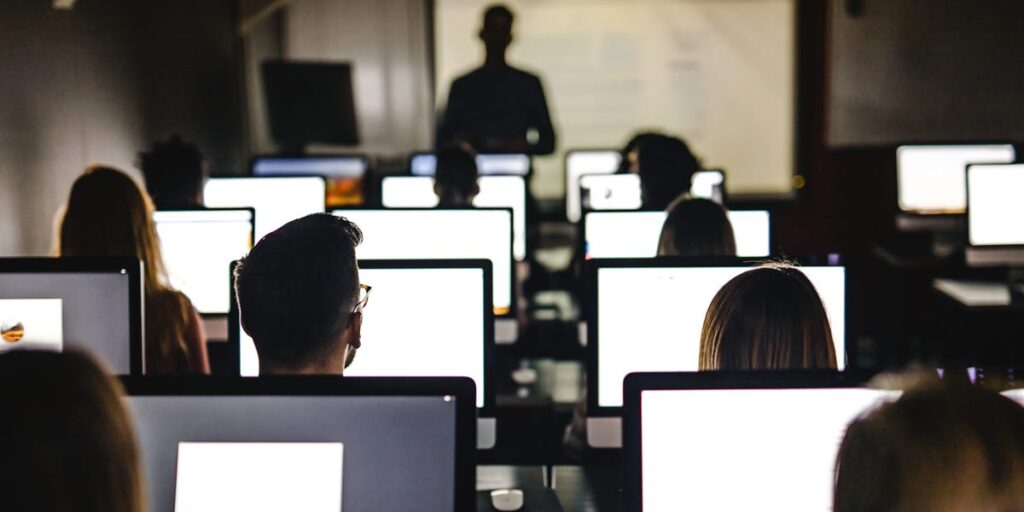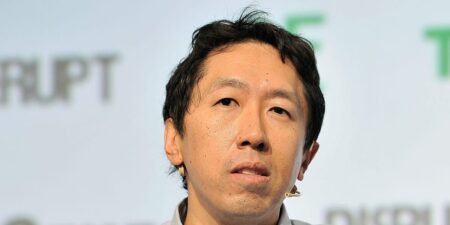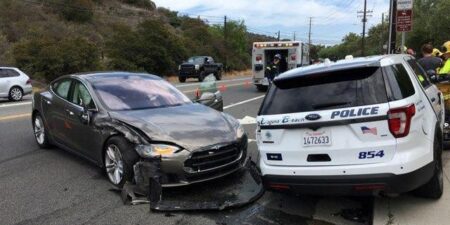Humans have revolted against the machine in South Korea — and, in this battle, they’ve won.
Following pushback from teachers and parents, South Korea’s National Assembly on August 4 passed an amendment to an education bill that stripped previously sanctioned AI textbooks of their legal status as official classroom textbooks, and reclassified them as supplementary educational materials.
The Korean Federation of Teachers’ Associations said that while teachers “are not opposed to digital education innovation,” rolling out the textbooks without proper preparation and evaluation actually increased some teachers’ workloads.
The US should take note, said Alex Kotran, the founder and CEO of the AI Education Project, a nonprofit aimed at advancing AI literacy. He said the rollback of AI textbooks and the fact that teachers were involved in the pushback were “totally unsurprising.”
“Research shows that you’re going to get the best outcomes in teacher-centered classrooms, and anything that’s trying to move too quickly, focus on just the technology, without the adequate support for professional learning and development risks undermining that,” Kotran said.
The debate comes as US schools experiment with how best to use AI to fulfill their promise of more personalized learning. The Trump administration supports a public-private approach to increasing the use of the tech in education, but critics maintain that schools should be careful, given the minimal evidence on AI and student achievement, and that teacher training is key.
That’s not to say that there isn’t a place for AI, Kotran said — helping students learn AI skills will equip them for the workforce, where AI is being increasingly used in some fields. But there isn’t extensive evidence that having students learn solely from AI is the best approach.
“The bigger question is, how do you make sure the students are ready to add economic value in the labor market? And it’s not just using AI, it’s actually durable skills like the ability to communicate, problem solve, it’s critical thinking,” Kotran said. “And to build those skills, these are teacher-centered endeavors.”
The role of AI in US education
A survey released by the Korean Federation of Teachers’ Associations in July found that 87.4% of teachers reported a lack of preparation and support for using the textbook materials. The majority of respondents said that they should be allowed to choose how to use the AI textbooks to best suit their needs.
The association added in a press release that it supports efforts to advance AI usage in classrooms, but “we must not be absorbed in introducing technology while ignoring the voices of teachers.”
Some US teachers are concerned. In April, President Donald Trump signed an executive order to establish an AI task force that will establish “public-private partnerships” with AI industry organizations to promote AI literacy in K-12 classrooms. The order also called for government agencies to look into redirecting funding toward AI efforts.
Randi Weingarten, president of the American Federation of Teachers, said in a statement that the order “should be rejected in favor of what the research says works best: investing in classrooms and instruction designed by educators who work directly with students and who have the knowledge and expertise to meet their needs.”
Amid concerns about AI adoption, however, some teachers have experienced positive outcomes with incorporating the technology. In an April survey of over 2,000 teachers, Gallup and the Walton Family Foundation found that among the teachers who use AI tools, 64% of respondents said that AI led to higher-quality modifications to student materials, and 61% said it helped them generate better insights on student learning and achievement.
Still, the report said that “no clear consensus exists on whether AI tools should be used in K-12 schools.”
Without comprehensive data on student outcomes using AI, it’s important to approach the topic with a focus on teacher training, not removing teachers from the equation, Kotran said. He added that, at the same time, educators and policymakers need to consider “the freight train that is barreling towards us in terms of job displacement.”
A JPMorgan analyst said there’s an increased risk that AI could replace white-collar jobs, potentially resulting in a “jobless recovery” in which that group is at higher risk of unemployment. Tech leaders are already warning of white-collar job cuts due to AI, and Kotran said the US should take this into account as Gen Zers continue to pursue those careers.
“When it comes to education, the AI just isn’t good enough to replace teachers yet,” Kotran said. “And it’s a bad bet as a school, you’re basically saying, ‘Well, we assume the technology is going to get better and we’re going to somehow be able to get past all of the downside risks of overrelying on AI.’ These are unknown things. It’s a huge, huge risk to take. And if you’re a parent, do you really want to experiment on your kid?”
Read the full article here
















